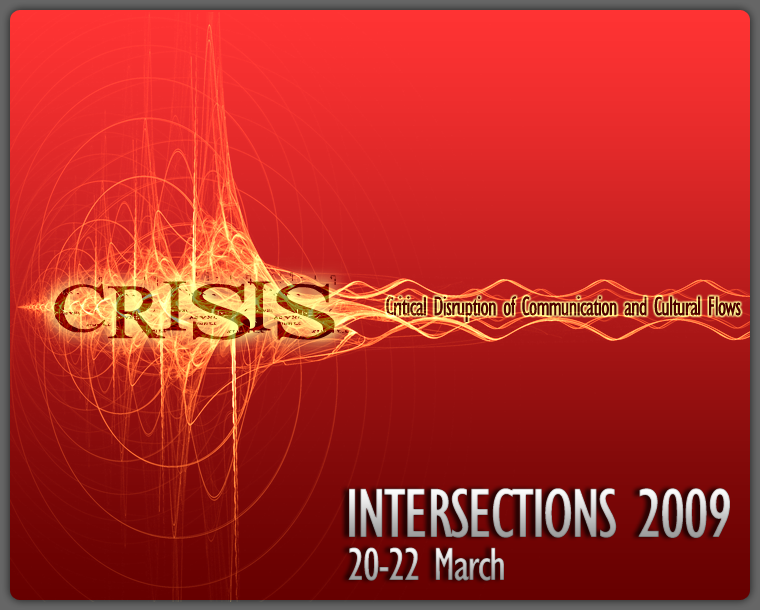ENGAGING WITH MAL(E)FUNCTIONS: GENDER AND ENVIRONMENTAL CRISIS IN DAPHNE MARLATT’S ANA HISTORIC
DOI:
https://doi.org/10.25071/1718-4657.36716Abstract
Daphne Marlatt's novel Ana Historic presents a female-oriented version of historical events not based on male-centered modes of representation. Marlatt fictionalizes aspects of historical and literary documents to carve out a space for an imagined female history that counters masculine production- based narratives previouslywritten about the logging camps of British Columbia. Ana Historic provides a concise look at previous representations of resources and women, which offers insight into how these issues inform a contemporary viewpoint regarding natural resources. Moreover, if the environmental crisis we are experiencing globally is a result of industrialization, have women been manufactured in a similar fashion? And if so, how can North Americans attempt to counter environmental crisis from a societal perspective that is heavily implicated in upholding patriarchal structures? The answer extends beyond mere syllogism, and into the complicated realm of capital: both monetary and social. Revisiting Ana Historic in our current moment of environmental uncertainty reflects the interconnected relationship between so-called natural spaces and engendered representation. This causes an identity crisis for landscapes and gender, leading to the manipulation of these spaces by established patriarchal institutions and industrializing structures. This represents an extension beyond the consideration of women as "Mother Nature" and relates specifically to their manipulation by men into resources that furthermale capital. Marlatt's transformation of the forest into a manufactured product mimics her transformation of the female protagonists into appropriately functioning wives and mothers. Marlatt's main protagonists Ana, Ina, Annie resist manufacture and become the monsters of male-functions. The transformation of landscapes and women involves looking at the forest as represented in the natural environment, the sawmill, and the finished product. The malfunction of the proper male functioning in the novel is what I come to label as mal(e)functions. The term mal(e)functions, while embodying the simultaneity of two words also represents the non male-oriented spaces in the novel; that of the forest and the female protagonists. The split in the term also represents the fissures of male centered narratives where women and environmental consciousness can exist.Published
2009-03-22
How to Cite
Krahn, C. (2009). ENGAGING WITH MAL(E)FUNCTIONS: GENDER AND ENVIRONMENTAL CRISIS IN DAPHNE MARLATT’S ANA HISTORIC. ETopia. https://doi.org/10.25071/1718-4657.36716
Issue
Section
Articles

